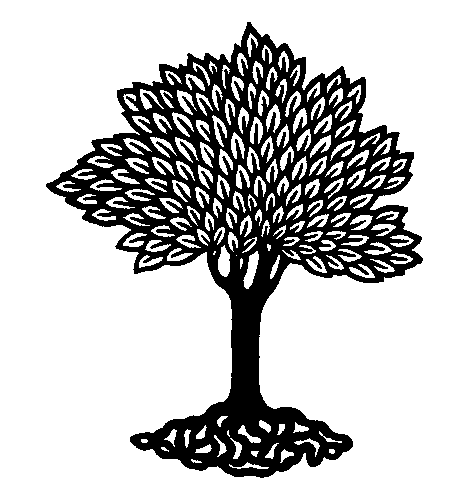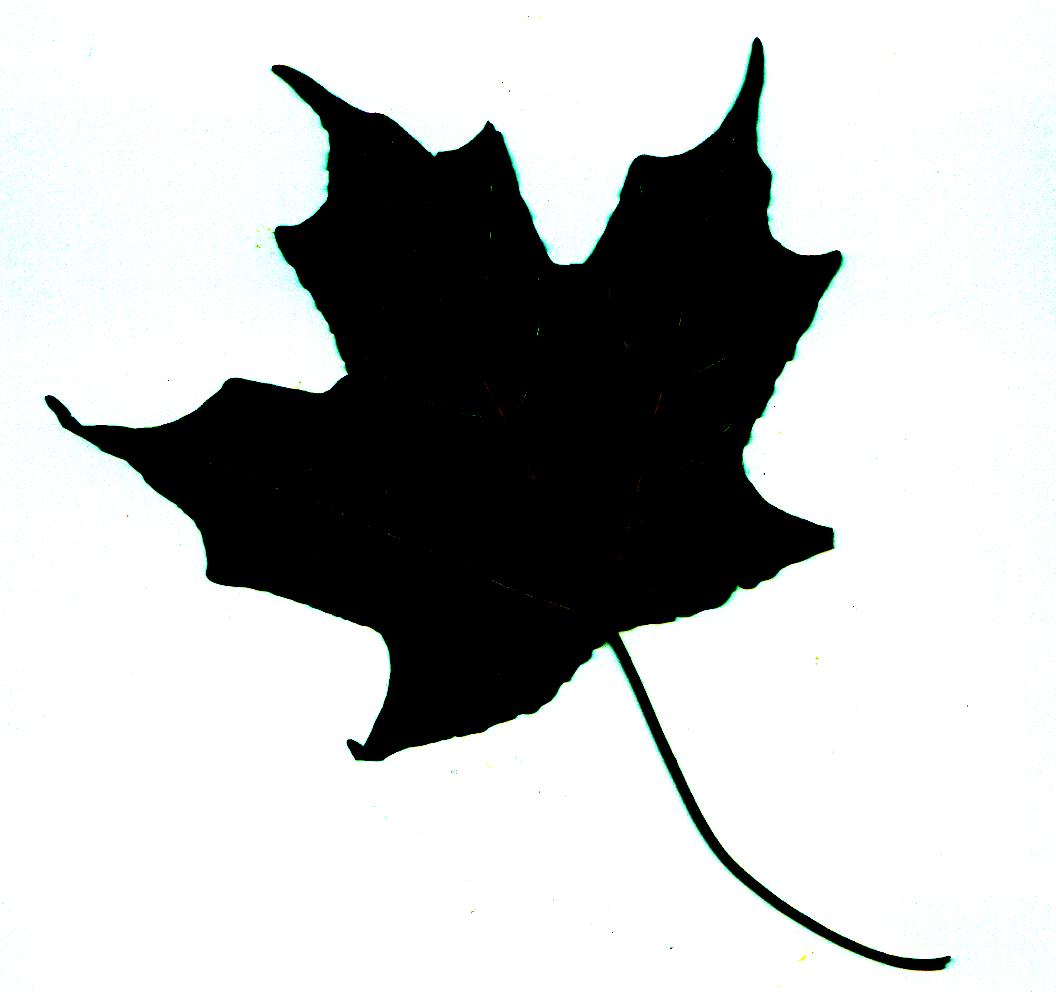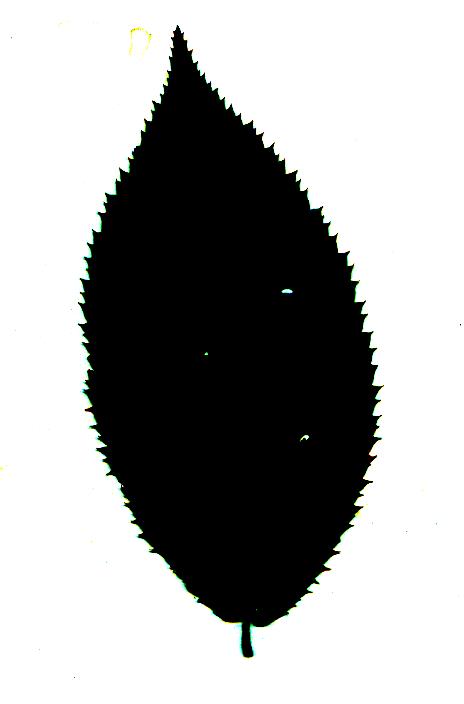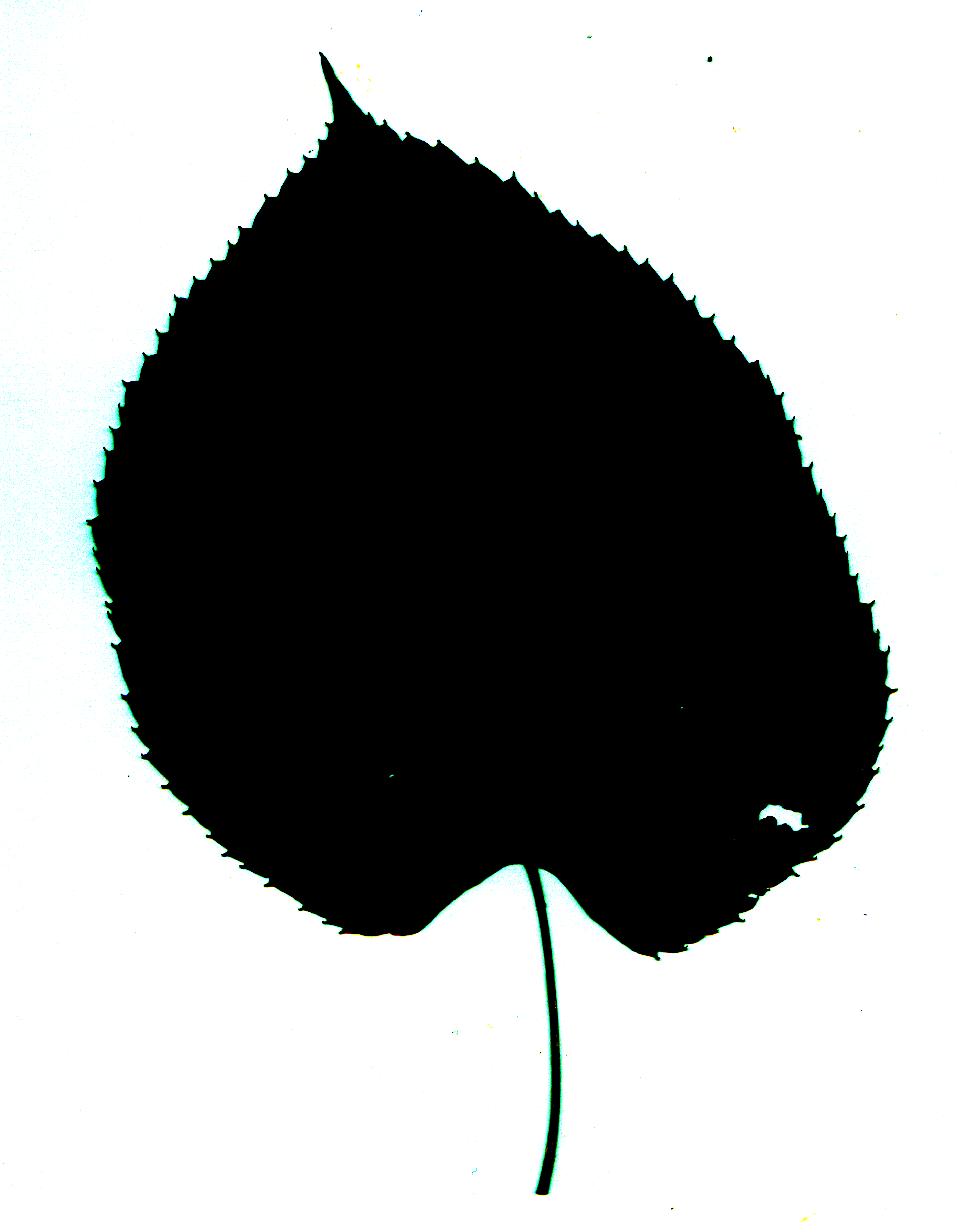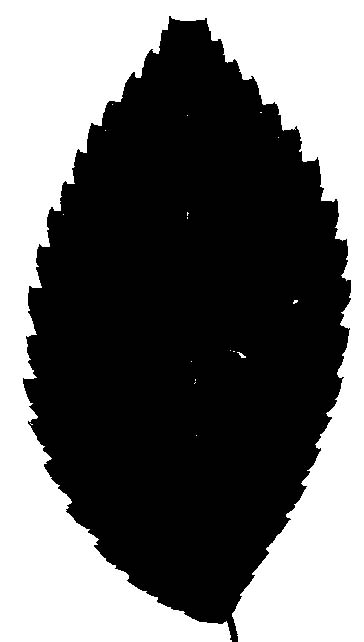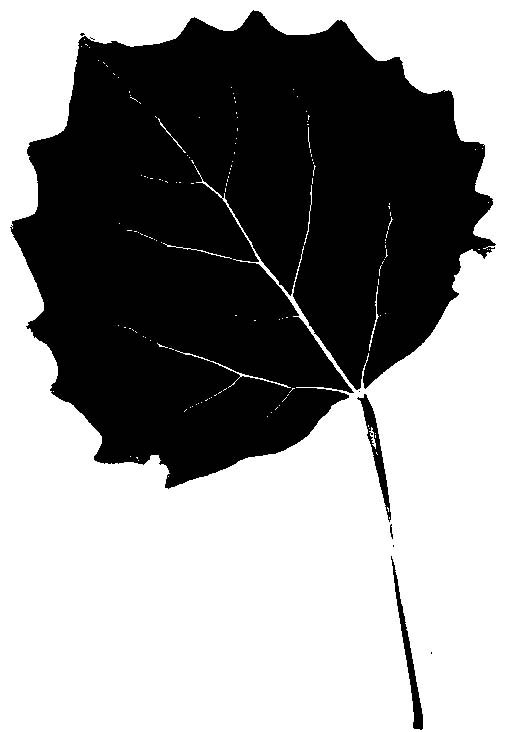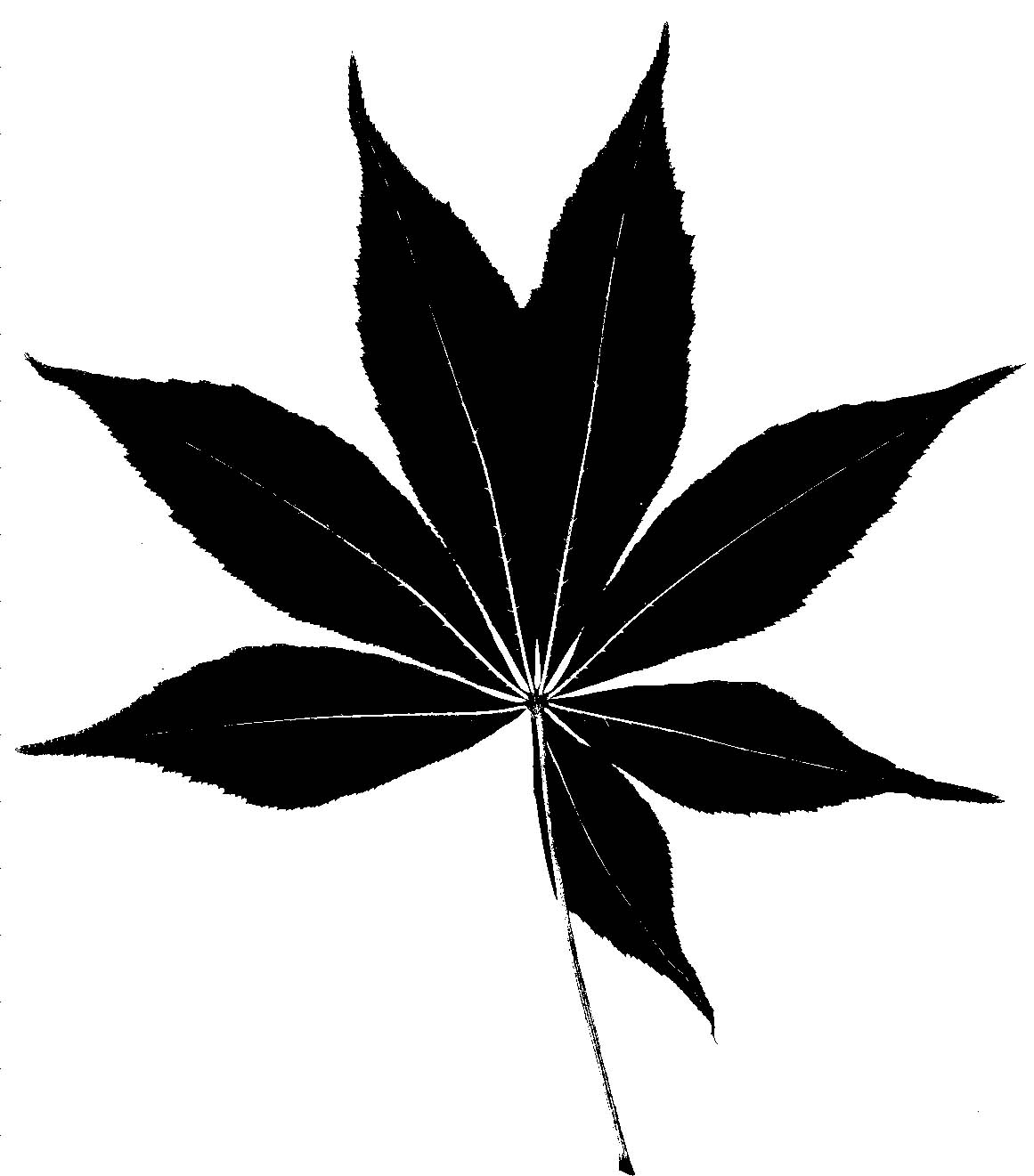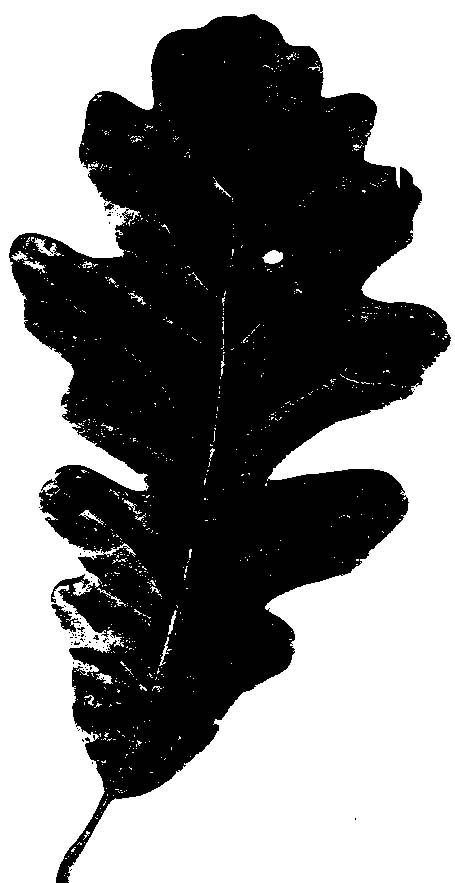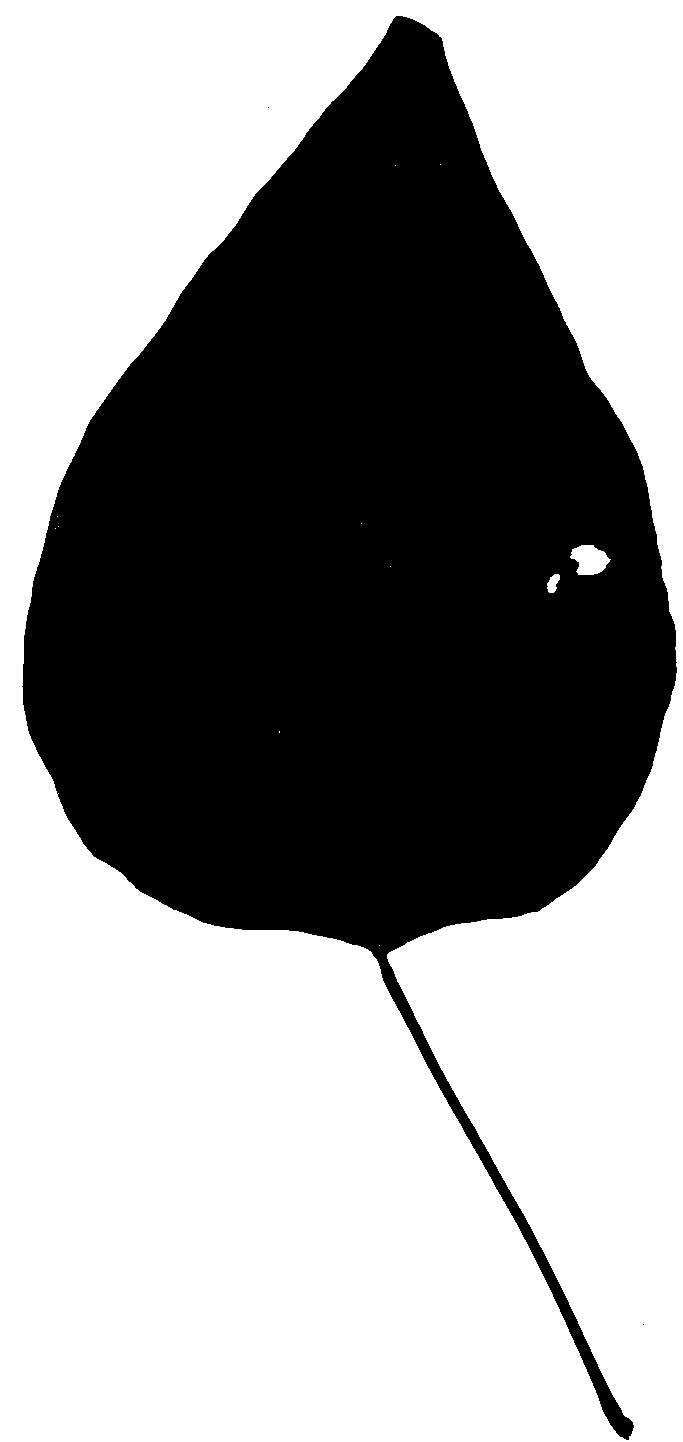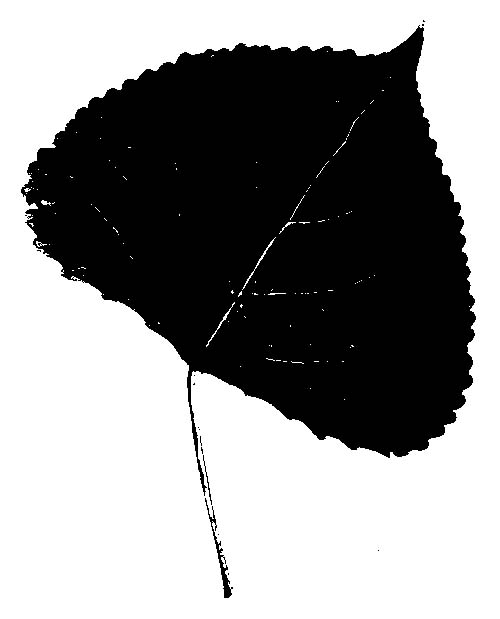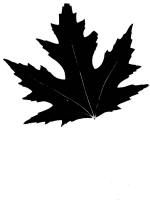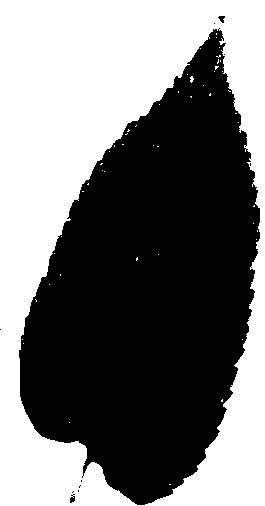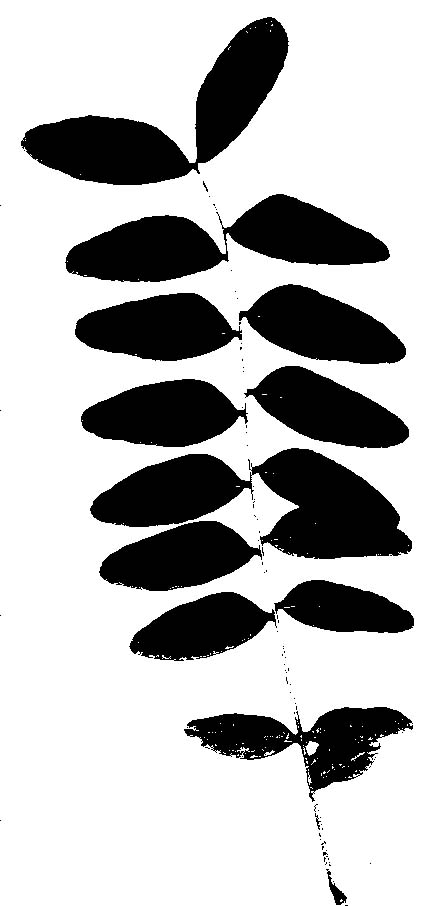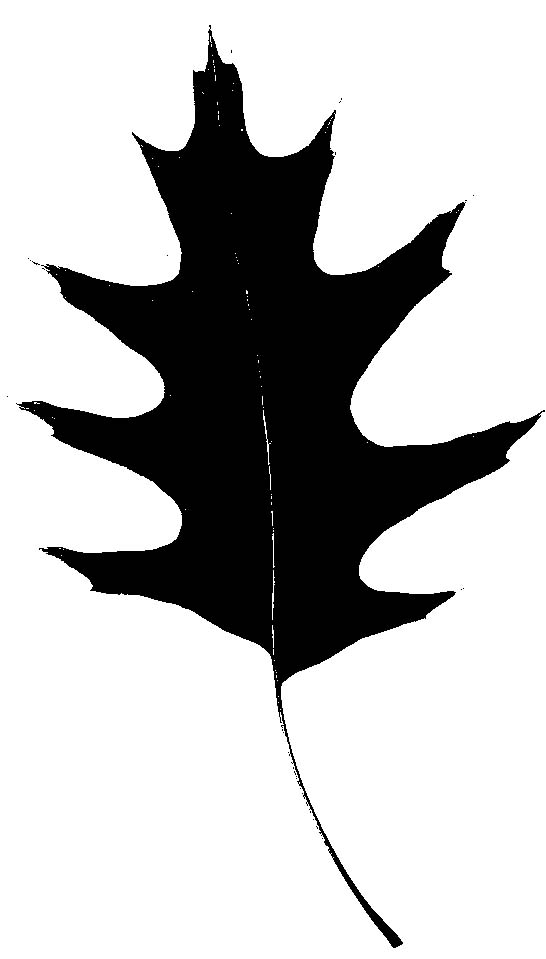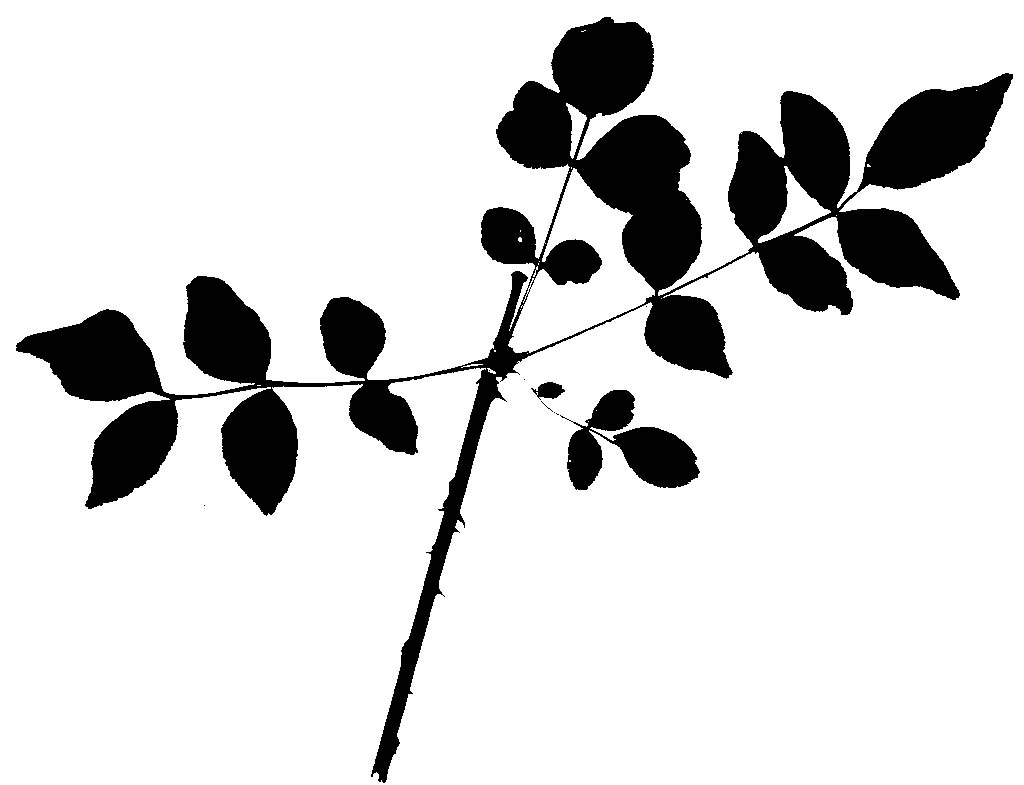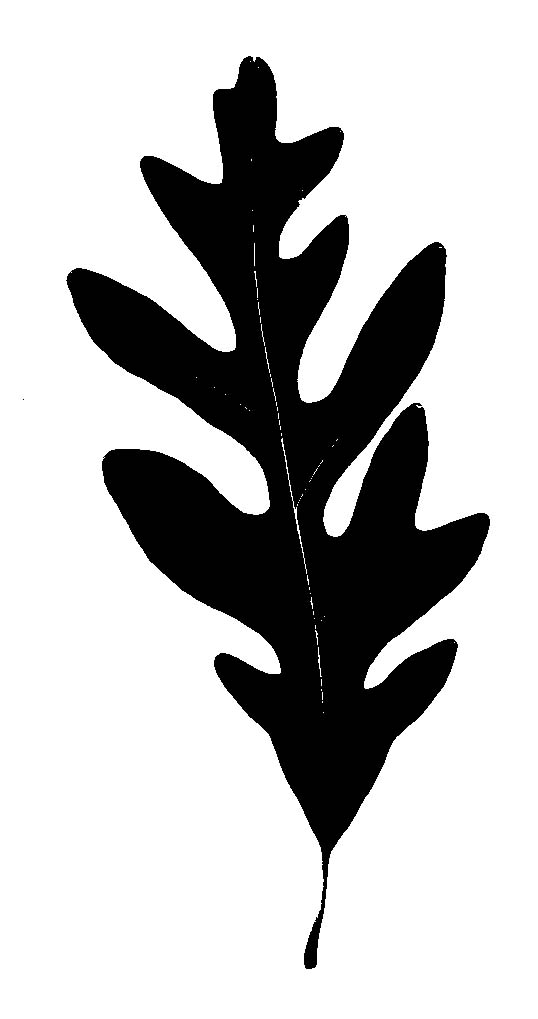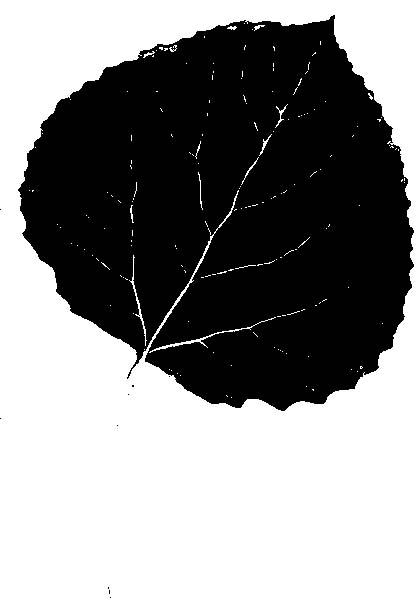1. Is it a tree
or shrub?
Although this may seem
obvious, it's not. Typically, trees have a single stem and are tall whereas
shrubs have multiple stems and are short. To complicate matters, some trees are
relatively short (e.g., Ironwood, Slippery elm), while others may form
multiple sucker shoots from near the base (e.g., Basswood) or may form
rather dense thickets by sprouting from underground roots (e.g., Black
locust). Tree seedlings may appear shrub-like.
2. Is the leaf
blade comprised of one piece or is it divided into sections (leaflets)?
To provide a
little background - leaves typically have a flat blade that is either
attached directly to the stem or is attached via a stalk called a petiole.
As an aside, some leaves may also have small, leafy appendages called
stipules at the base of the leaf stalk. If the leaf has a single blade
that is undivided it is termed "simple." In contrast, the blade of a
compound leaf is divided into sections (called leaflets).
It's not always
easy to determine whether or not a leaf is simple or compound. Fortunately,
there is one foolproof trick - look for a bud, which is an embryonic or immature
shoot. There is a bud at the junction of the leaf with the stem (axil). Thus,
a leaf has a bud at its base but a leaflet does not. Plants such as Honey
locust and leatherwood may provide a little confusion since the base of their
leaves are swollen and cover the bud so it is not visible unless you remove the
leaf. Finally, another trick to distinguish between compound and simple leaves
is to look for the textural and color difference between the stem and leaf.
3. How are the
leaves attached to the stem?
Are the leaves attached singly to the stem (alternate),
in pairs (opposite), or in groups of more than two (whorled)? Like
distinguishing trees from shrubs, this simple feature can also be deceiving.
For example, the leaves of some plants are borne on short spur (or dwarf)
shoots. It will appear as though these plants have whorled attachment when in
reality, the spur shoot is a compressed stem with alternate attachment. How can
you tell? Look are the arrangement of the spur shoots themselves; they will
alternate along the stem. Another method to determine leaf attachment is to
look at the branching pattern of the tree. Since the branches come from the
buds at the base of the leaves, the pattern of branching provides an indication
of how the buds were positioned. A mnemonic to remember the common trees &
shrubs with opposite leaves is "MADCap Horse," which stands for Maple, Ash,
Dogwood, Cap = Caprifoliaceae or honeysuckle family, which are mostly shrubs, and horsechestnut or
buckeye.
Ash (Fraxinus) - The ashes can be recognized by their compound,
opposite leaves and the characteristic winged fruits. Two species
commonly occur in our area - green ash (F. pensylvanica) and black ash
(F. nigra). Baseball bats are traditionally made from ash and the wood of black
ash is used for making baskets.
Basswood (Tilia americana) - Basswood or linden or lime can be
recognized by the relatively large, heart-shaped leaves that are usually
lop-sided at the base. Basswood often grows intermixed with maples.
Basswood often occurs in clumps of several stems. The wood is soft and good
for carving and the flowers are fragrant and make a great honey.
Birches (Betula) - This group of trees is easily recognized by their
beautiful bark. The leaves are simple, alternate and toothed. The
flowers occur in clusters called catkins. Common species of birch
include white or paper birch (B. papyrifera), river birch (B. nigra),
and yellow birch (B. alleghaniensis).
Black Locust (Gleditsia triacanthos) - This is a
small tree that tends to creep and colonize an area. It is
characterized by the alternate, compound leaves with paired, stipular
spines. The relatively-large white flowers are produced in showy
clusters in the early summer and are edible.
Buckeye (Aesculus) - Buckeyes are named for the appearance of their
distinctive seeds which are produced in a spike-covered pod that splits open. The
leaves are opposite and palmately compound. Horsechestnut is a related
species that is planted as an ornamental. The seeds of buckeye and horsechestnut should not be roasted over an open fire - they are not the
edible chestnuts.
Catalpa (Catalpa speciosa) - Cigartree is another name for this tree with
long, thin brown pods. These trees have large heart-shaped leaves and
beautiful white and purple flowers when it blooms in midsummer.
Cherry (Prunus sp) - Cherry is a common
name for woody plants in the genus Prunus that produce a stone fruit. These plants typically have simple, alternate leaves.
At the junction of the leaf blade with the stalk there is usually a pair of
glands. The flesh of the fruits can be used
to make jelly but the seed and vegetative parts shouldn't be eaten because
they contain cyanide-producing chemicals. Chokecherry (P. virginiana)
is a shrub with that leaves are typically widest above the middle in
comparison to black cherry (P. serotina) that is a tree with leaves
that are widest below the middle.
Dogwoods (Cornus) - Dogwoods are shrubs with simple opposite leaves
that have very distinctive veins that run along the margin of the leaf to the
tip. When you rip open a leaf the veins you will see cobwebby filaments.
Dogwoods produce a berry for a fruit.
Elms (Ulmus) - The elms are trees with alternate, simple and toothed
leaves. The base of the leaves is lopsided. The fruits are flat, round and winged. Until it was decimated by
a fungal disease, the American elm (U. americana) was the predominant
street tree because it has a "Y-shape" that when planted on both sides of a
road forms a lovely green cathedral. Another common elm is slippery elm
(U. rubra) which is named for its mucilaginous inner bark, not its rough sandpapery leaves.
Elder, Red (Sambucus pubens) - These
plants are understory shrubs or small trees. They have opposite
(recall MADC(aprifoliaceae)AP Horse), compound leaves.
The stems are relatively fragile because of the large soft pith. The
flowers are white in the spring and ultimately yield red berries.
Gooseberry (Ribes) - This is a genus of
primarily forest shrubs. The leaves are typically palmately-lobed and
toothed. The plants may be armed with spines (gooseberries) or not
(currants). The fruits are edible and typically used in jams and
jellies.
Hackberry (Celtis occidentalis) - Perhaps the most distinctive
feature of this tree is its warty bark. The leaves are simple,
alternate, toothed and have a lopsided base. The fruits are hard but the
outer coating can be scraped off and eaten. Witches broom's, which are
areas of excessive branching caused by a mite that infects the terminal bud of
a branch, often occur on these trees.
Honey Locust (Gleditsia triacanthos) - These trees have alternate compound
leaves. Some of the leaves may are singly compound while others may be
doubly-compound. Our native variety has numerous thorns on the stem.
However, the cultivated varieties have been selected for being unarmed.
They produce male and female flowers on separate plants. The females
produce long brown pods.
Ironwood (Ostrya virginiana) - Ironwood is a small tree that grows
in the understory of maples, basswood and oaks. They get their name from
their dense wood that makes good fence posts. Another name for this tree
is hop hornbeam which refers to the clusters of fruits that are reminiscent to
hops used in brewing. The bark of these trees is finely-lined and
seems to twist like a barber-pole.
Juneberry (Amelanchier sp.) - These
small trees or shrubs are also called shadbush and serviceberry. They
produce white flowers early in the spring before the leaves fully develop.
The leaves are ovate and toothed. The fruits are red to purplish and
are actually similar in structure to an apple. They are edible fresh
from the tree or make wonderful jams and pies.
Kentucky Coffee tree (Gymnocladus dioica) - Presumably the early
settlers made a coffee substitute from the hard seeds of this tree.
Stout twigs with a salmon colored pith, large compound leaves and stubby brown
pods make this tree easy to recognize.
Leatherwood (Dirca palustris) - This shrub is an indicator of moist
rich soil and often occurs with maples and basswood. The leaves are
egg-shaped and the base of the leaf forms a protective cap that covers the bud.
The bark is very tough and fibrous and was used for lacing by native
Americans. The sap of the tree may cause a dermatitis in sensitive
individuals.
Lilac (Syringa vulgaris) - This
commonly-planted shrub is immediately familiar in the late spring when it
begins to flower. It has opposite, heart-shaped (cordate) leaves.
The fruits are distinctive capsules.
Maples (Acer) - The maples are characterized by having opposite
leaves and a pair of winged seeds. There are several common
maples on campus included sugar maple (A. saccharum), Norway maple (A.
platanoides), Amur maple (A. ginnala), box elder (A. negundo),
and silver maple (A. saccharinum). All the maples can be tapped
to make maple syrup, but sugar maple is preferred because it has a higher
sugar concentration.
Oaks (Quercus) - The oaks are trees with simple, alternate and lobed
leaves. There are two groups of oaks - the red oaks and the white oaks.
The red oaks, which includes northern red oak (Q. rubra) and northern pin oak (Q. ellipsoidalis), have sharp pointed lobes and take two years to mature acorns.
The white oaks such as white oak (Q. alba),
swamp white oak (Q bicolor), and bur oak (Q. macrocarpa), have rounded lobes and mature acorns in a single season.
The wood is valuable for lumber. White oak is used extensively in barrel
making.
Poplars (Populus) - This group of trees has simple, alternate leaves with a
flattened leaf stalk (petiole). The flowers are produced in catkins.
The buds are often resinous. There are several species of Populus in our
area including quaking or trembling aspen or popple (P. tremuloides),
bigtooth aspen (P. grandidentata), cottonwood (P. deltoides) and
balsam poplar (P. balsamifera).
Prickly ash (Zanthoxylum americana) - These shrubs have paired thorns
at the base of each leaf and can form dense thickets that can be nearly impenetrable.
The leaves are alternate and compound. The fruit has a slight citrus
odor reflecting its close evolutionary relationship. The wood of the
plant was chewed for toothaches because it contains salicylic acid, a precursor
to aspirin.
Sumac (Rhus) - These shrubs usually grow along roadsides and in
other disturbed areas. They have alternate, pinnately compound leaves.
They are one of our most beautiful fall plants; the leaves turn a beautiful
scarlet color. The red clusters of fruits can be used to make a lemonade
substitute. Two common species on campus are smooth sumac (R. glabra)
and staghorn sumac (R. typhina). They look similar with the
exception that the twigs of the latter are covered with hairs.
Walnuts (Juglans) - These trees have alternate compound leaves.
The pith or core of the twigs is brown with partitions. The wood is
valuable for woodworking and used for gunstocks and furniture. There are
two species - Black walnut (J. nigra) and butternut (J. cinerea). They
look similar except that black walnut twigs and leaves are less hairy and they
have round fruits while butternut twigs are hairy and the fruits are oblong.
The fruits are covered by a greenish husk that eventually dries up and turns
brown. Once this is removed it exposes the hard nut inside. The
nuts are loved by squirrels and are very tasty if you have the patience to
crack them open.
Willows (Salix) - These woody plants are often shrubs or small
trees. They have simple, alternate leaves and usually distinctive
stipules (leafy appendages at the base). The flowers are in catkins and
make the distinctive "pussy willows." The bud are covered by only a
single scale. They frequently grow in a wet area.
